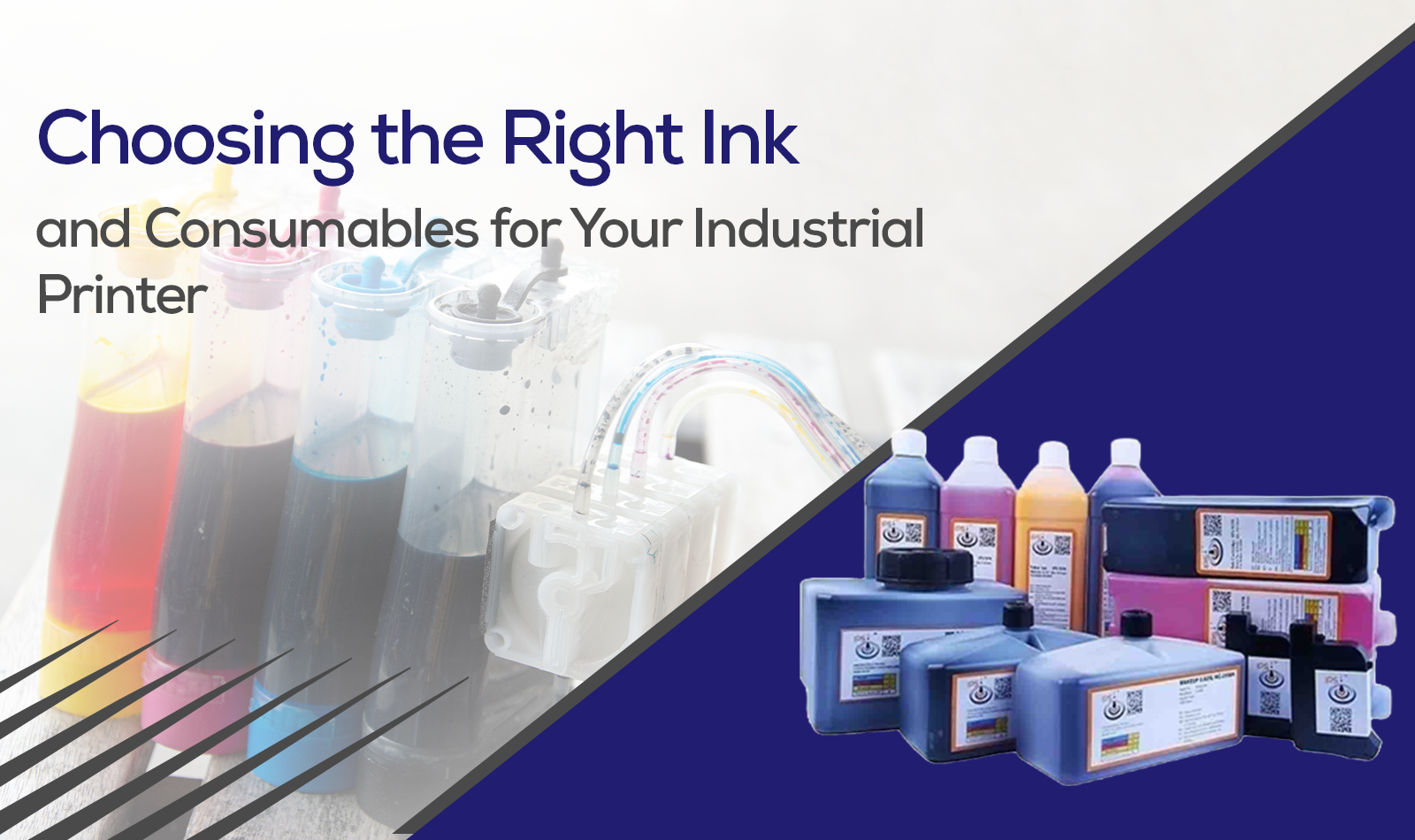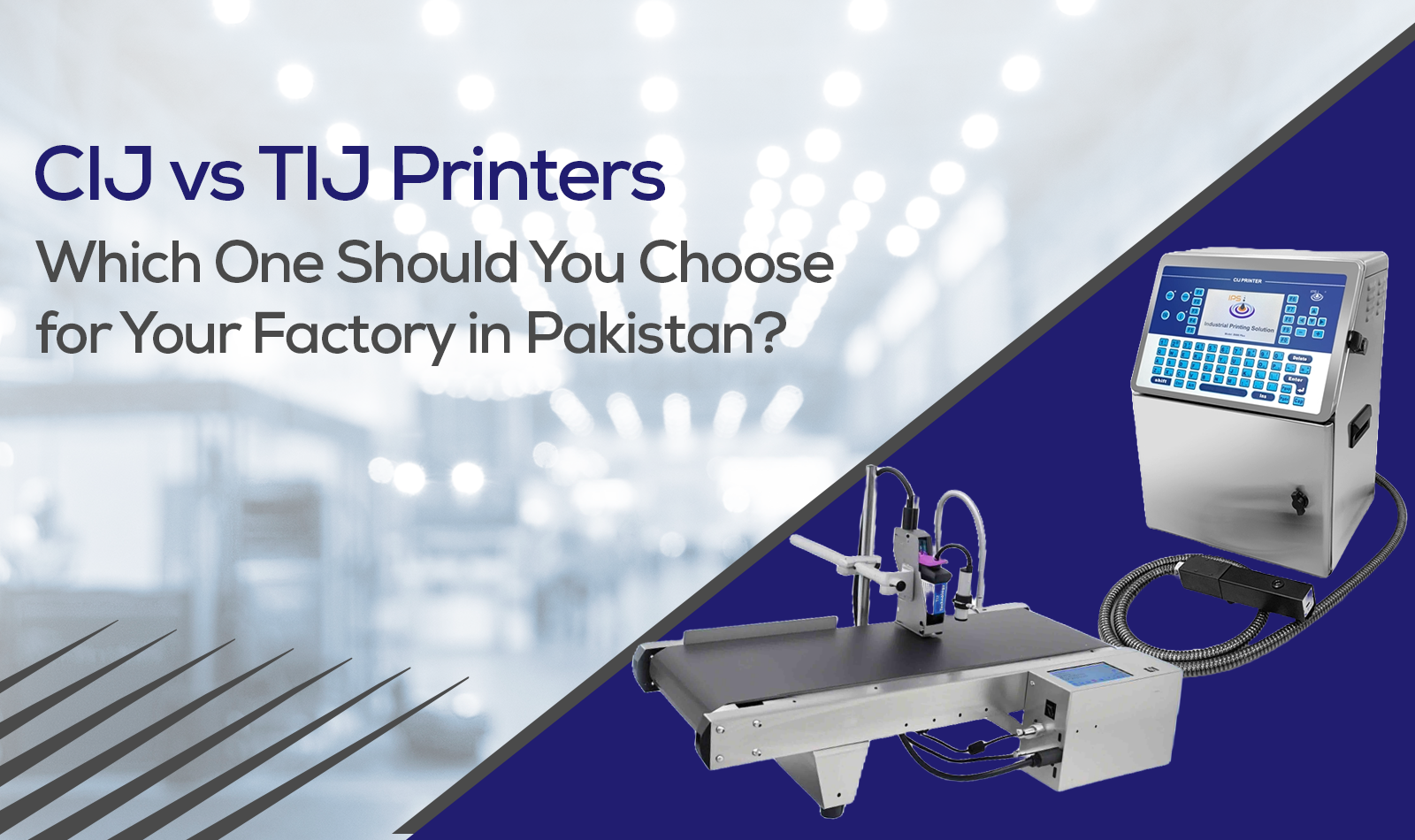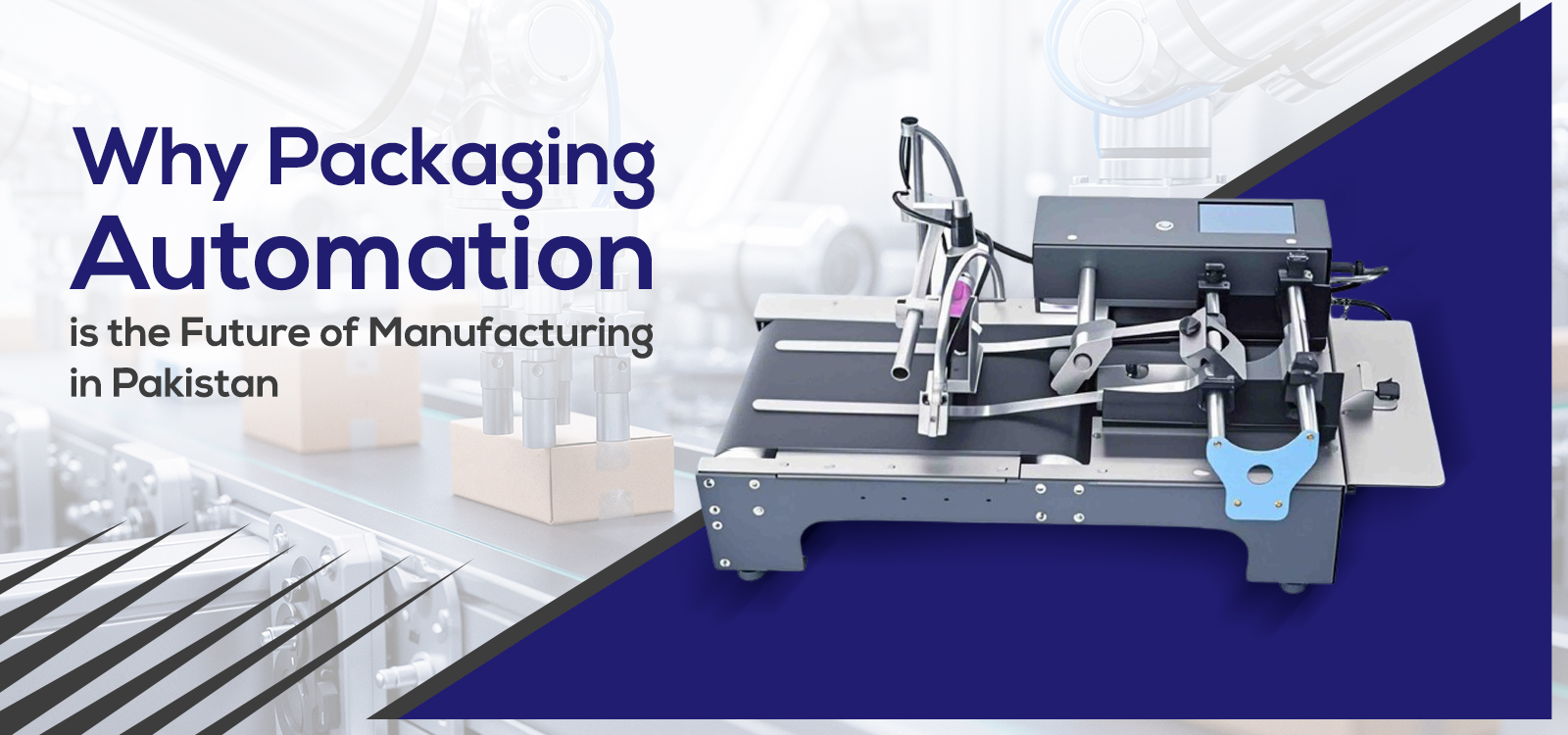CIJ vs TIJ Printers: Which One Should You Choose for Your Factory in Pakistan?

If you’re running a busy factory in Pakistan, you already know coding and marking isn’t just a box to tick; it’s a lifeline for your operation. Without the right industrial printer, batch numbers, expiry codes, and barcodes can quickly become a nightmare. So when the time comes to pick between a CIJ vs TIJ printer, the stakes are high. Both have their own loyal fan clubs. Both claim to be the “best industrial printer” for your production line. But what’s the real story? Let’s get into the details and see which one actually fits your business.
What’s a Continuous Inkjet Printer (CIJ)?
A continuous inkjet printer, or CIJ for short, has been the backbone of industrial printing for decades. This machine shoots a constant stream of ink droplets, which are directed by an electric field to the exact spot you want. Any extra ink gets recycled, so there’s not much waste.
CIJ printers are all about speed and toughness. They’re designed for heavy-duty jobs; think bottles, cables, metal cans, or anything else that isn’t flat and easy. This is why CIJ is the choice for factories that don’t slow down, even for a minute.
CIJ is best for:
- High-speed production lines that run around the clock
- Printing on tricky surfaces, curved, shiny, or otherwise
- Environments where stopping for maintenance just isn’t an option
What is a Thermal Inkjet Printer (TIJ)?
Now, here’s the other participant: the thermal inkjet printer, or TIJ. This one uses heat to fire super-tiny ink droplets onto your product. It’s known for sharp print quality and laser-precise codes, which is essential for barcodes or QR codes that actually scan.
TIJ printers are compact, user-friendly, and a breeze to maintain; just swap out the cartridge, and you’re back in business. They’re ideal for factories with clean, controlled environments, especially when you need those crisp, readable prints on boxes, labels, or cartons.
TIJ is best for:
- Short to medium production runs
- Clean industries like food, pharma, and electronics
- High-res, detailed printing on smooth, flat surfaces
CIJ vs TIJ Printer: The Key Differences
| Feature | CIJ Printer | TIJ Printer |
| Print Speed | CIJ wins for nonstop, high-speed jobs. | TIJ is more suited to shorter, less frantic runs. |
| Print Quality | CIJ does well on varied materials but isn’t as sharp. | TIJ takes the crown for precision and clarity, especially on flat surfaces. |
| Maintenance | CIJ needs consistent upkeep. | TIJ? Just a cartridge swap now and then. |
| Cost | CIJ usually costs more upfront and over time. | TIJ is easier on the wallet. |
| Ink Types | CIJ uses mostly solvent-based inks. | TIJ can use both water and solvent-based, depending on the job. |
| Applications | CIJ is for bottles, cables, metals, basically anything. | TIJ shines with boxes, cartons, and labels. |
It really comes down to what you’re producing, how fast you need it, and how much downtime you can handle.
Smart Links Printers: Human-First Support, Not Just Sales
Let’s talk about Smart Links. This isn’t just another company tossing you a brochure and ghosting you after the sale. They actually get what it’s like to run a factory in Pakistan. Their whole thing is making sure you end up with a coding and marking printer that works for your real-life production line, not just what looks cool in a catalog.
Smart Links offers both continuous inkjet printers and thermal inkjet printers, with brands that cover food, pharma, beverages, cables, you name it. What makes them different? They don’t just dump equipment on you and walk away. They’ll check out your factory, see what you actually need, and help you avoid buying the wrong thing. Plus, their after-sales support is solid. If something goes sideways, you’re not left hanging.
They’re genuinely focused on matching you with the best solution for your setup. They’ll walk you through the options without the hard sell.
Industry Insight
In 2024, over 60% of medium-sized factories in South Asia are picking TIJ printers because they’re cheaper and way less of a mess. But if you’re running a huge operation and can’t compromise on speed or material flexibility, CIJ is still king.
A local technician put it best: “Don’t just chase specs; pick what actually runs strong when things get crazy on the line.” And that’s why working with a company like Smart Links, who gets the real-world side of industrial printing, makes such a difference.
Which Printer Should You Choose?
If you need speed and flexibility and you’re working with all kinds of materials, a continuous inkjet printer is probably your best friend. But if your priority is crisp, high-quality codes and easy upkeep, especially on flat, clean surfaces, a thermal inkjet printer will make your life easier.
CIJ is your go-to for nonstop, versatile production. TIJ wins for simplicity and sharpness.
Still not sure? Get in touch with Smart Links. They’ll actually listen and help you figure it out
FAQs
What is the main difference between CIJ and TIJ printers?
CIJ uses a continuous ink stream that’s recycled during printing. TIJ uses heat to eject ink droplets. The method affects speed, cost, and print precision.
Which printer is better for high-speed lines?
CIJ printers work better for continuous, high-speed operations. They handle more substrates and longer working hours.
Is a TIJ printer cheaper to run?
Yes. TIJ printers use cartridges instead of bulk fluids, so maintenance and running costs are lower.
What type of ink do CIJ and TIJ printers use?
CIJ systems often use solvent-based inks. TIJ systems use water or solvent-based cartridges depending on the substrate.
Why should I buy from Smart Links?
Smart Links provides both printer types with installation, training, and local service support. Their guidance ensures you invest in the right system for your needs.
Latest Article

Smart Printing Solutions Every Food & Beverage Brand in Pakistan Should Know About

Choosing the Right Ink and Consumables for Your Industrial Printer — A Complete Guide

Inkjet Printer Issues? Here’s How to Fix the Most Common Problems

CIJ vs TIJ Printers: Which One Should You Choose for Your Factory in Pakistan?

Why Packaging Automation is the Future of Manufacturing in Pakistan

